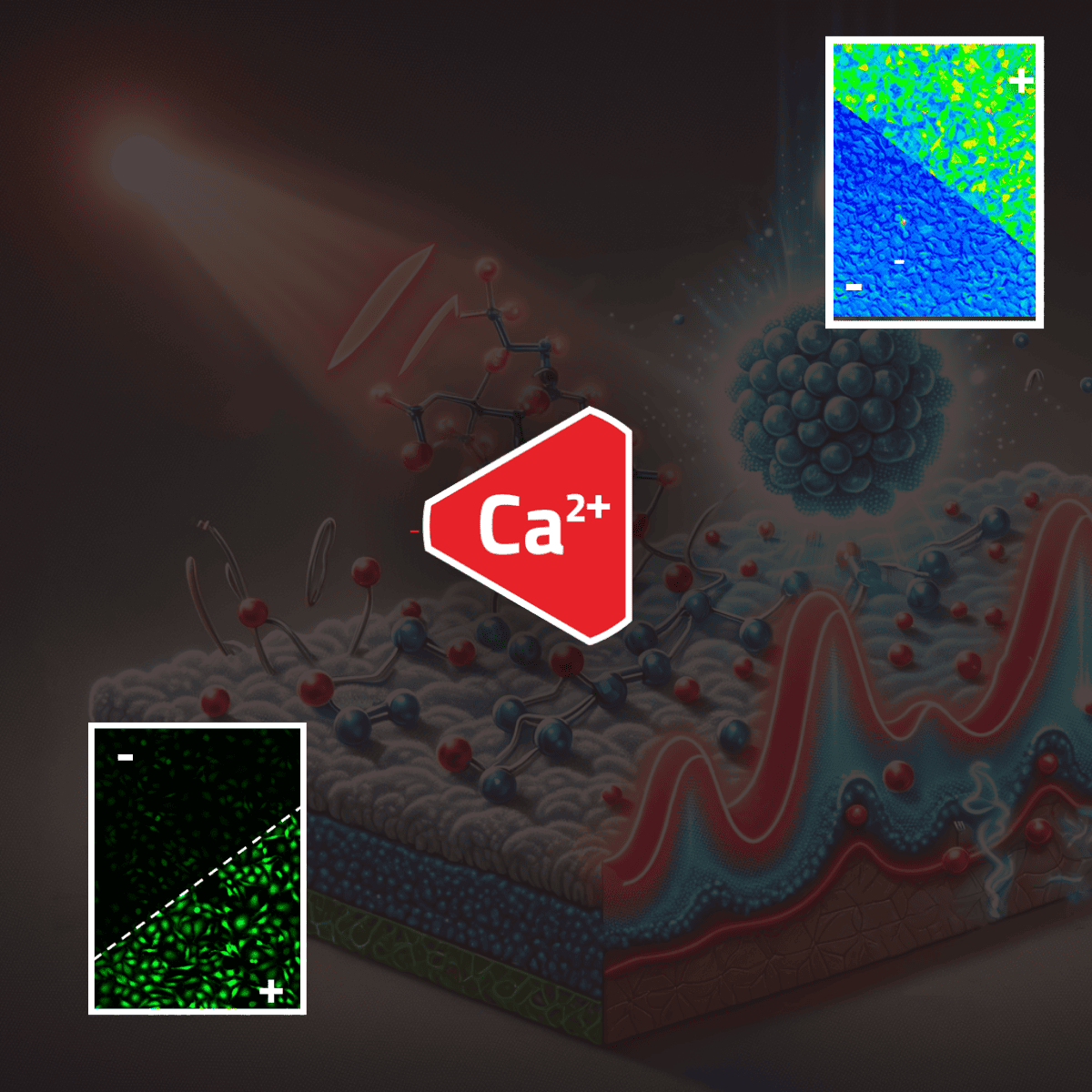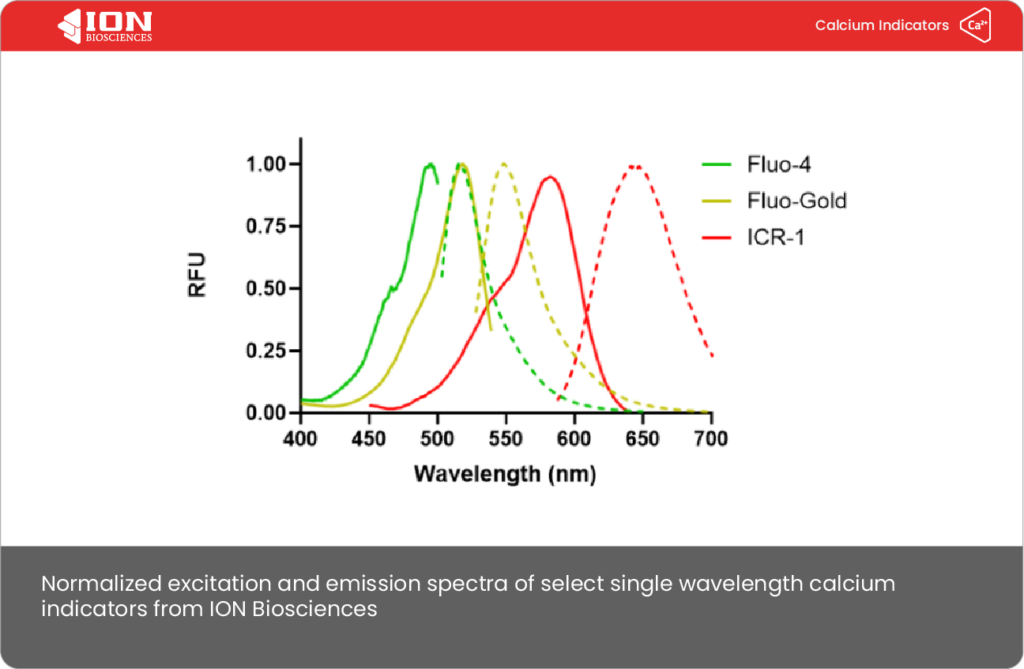
Calcium ions (Ca²⁺) are more than just nutrients for bone health; they are quintessential signaling molecules orchestrating a myriad of physiological processes at the cellular level. For researchers, unraveling these cellular mysteries begins with one crucial step: selecting the right calcium indicator. This guide is tailored to help you navigate this choice, ensuring you use the best tools to make the next groundbreaking discovery.
In the field of scientific research, the proper selection of a calcium indicator is crucial for obtaining reliable and meaningful data. This decision involves a detailed analysis of factors such as excitation and emission wavelengths, binding affinity for Ca²⁺, and the instrument(s) you are planning to use. These aspects are fundamental to ensure the quality of your experiments.
The landscape of calcium indicators is extensive and varied, offering everything from widely used single-wavelength indicators to more quantitative, ratiometric indicators. Each type of indicator has specific advantages and limitations, and understanding these is essential to select the most suitable one for your needs.
Single wavelength indicators, such as Fluo-4, are known for their compatibility with a wide range of fluorescence instruments, and are the best choice for HTS and imaging fast signaling dynamics (calcium sparks in cardiomyocytes, neuronal calcium transients). Red shifted calcium indicators such as Fluo-gold and ICR-1 can be beneficial when multiplexing with GFP or other green dyes, may help avoid false positives when fluorescent compounds are in your screening library, and can minimize autofluorescence from tissues. These indicators have been specifically designed to be compatible with existing instrumentation, making them a versatile option for various experimental setups.

The choice between salts and AM esters is critical. Salts, being the active form of our dyes, are cell-impermeable, making them suitable for extracellular measurements and solid-state sensing. Conversely, AM esters help facilitate the entry of negatively charged Ca²⁺ indicators into cells by masking their charges, and they only become active once inside the cell when these AM esters are cleaved by endogenously expressed esterases. Once activated, indicators are no longer able to passively cross, or leak out, of the cellular membrane.
However, retaining these indicators within cells is complicated by the activity of multidrug resistance (MDR) transporters. These proteins actively transport drugs, dyes, and other compounds from the inside of cells to the extracellular space. Certain cell types (e.g. CHOs) express significantly higher levels of MDR transporters than others, making long-term imaging experiments difficult. Using inhibitors like probenecid can significantly improve cytoplasmic localization and retention, leading to brighter and sustained signals in assays.
The hydrophobic nature of AM indicators can impact the efficiency of loading them into cells. In this context, Pluronic F-127, a surfactant, plays an essential role. It enhances the solubility of the indicators in aqueous solvents, ensuring better dye transport across the membrane and more consistent loading.
Calcium-sensitive fluorescent indicators are compatible with a broad array of detection equipment, including fluorescent microscopes, plate readers, flow cytometers, and indicator-doped solid-state sensors. This versatility is essential to meet the specific needs of various types of research.
Choosing the right calcium indicator is a pivotal decision in your research. The correct choice can make the difference between an experiment that merely indicates trends and one that provides meaningful insights. As you embark on or continue your cellular research, let this guide be your compass, leading you to the appropriate indicators that will illuminate your discovery journey.
We invite you to explore our website for product specific information and reach out to our experts with any inquiries you may have about which products are most suitable for your needs.
We invite you to explore our website for product specific information and reach out to our experts with any inquiries you may have about which products are most suitable for your needs.